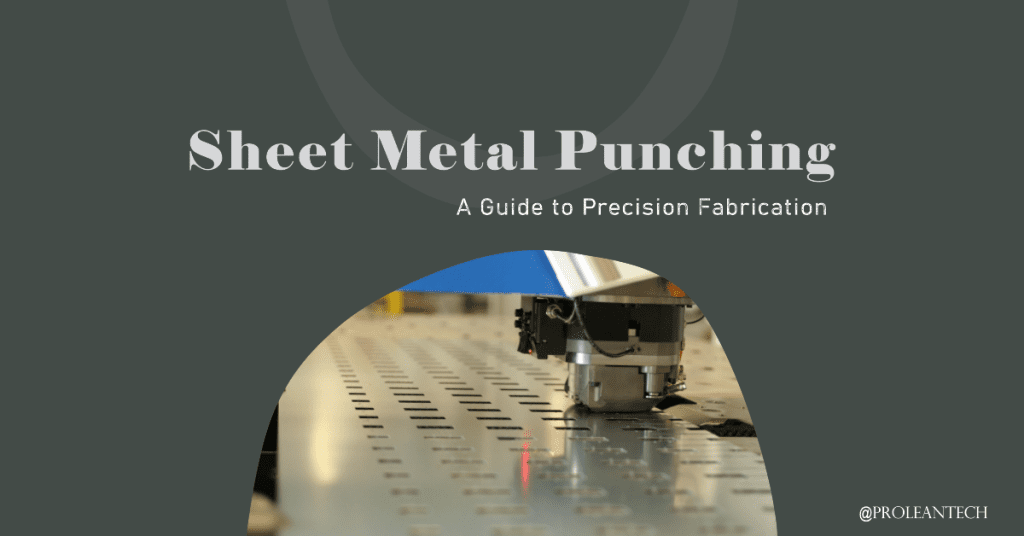
Sheet metal punching is a fundamental process in precision fabrication, enabling the creation of holes, shapes, and intricate patterns in sheet metal with accuracy and efficiency. From automotive and aerospace to electronics and construction, numerous industries rely on sheet metal punching to produce components and structures with exceptional precision.
This article will serve as a comprehensive guide to understanding sheet metal punching, its techniques, equipment, and applications. By the end of this, you will have a solid understanding of the process and how it can be applied to your fabrication projects.
Related:Sheet Metal Punching: A Comprehensive Guide to Various Punching Operations
I. Understanding Sheet Metal Punching
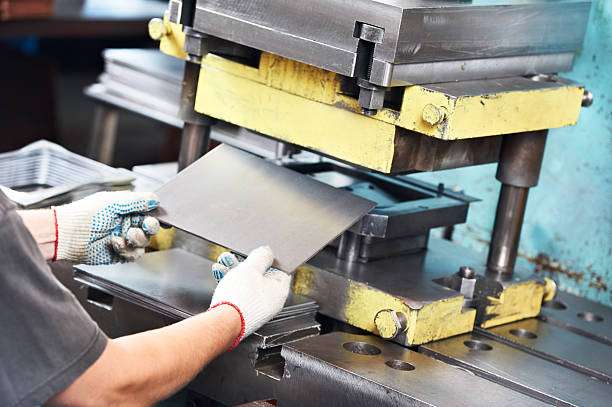
worker at a manufacturing workshop operating a metal press machine
The operator performing the punching technique
Sheet metal punching is a metalworking technique that involves using a punch and die set to create holes or shapes in sheet metal. This process offers several advantages, including high productivity, repeatability, and the ability to work with a wide range of materials and thicknesses. To gain a better understanding of sheet metal punching, let’s explore its key aspects:
There are two types of sheet metal punching techniques, perforating, and Notching. Perforating refers to creating a pattern of closely spaced holes in the sheet metal, while Notching is a process of removing a portion of the material to create a specific shape or profile.
A. Materials Suitable for Sheet Metal Punching:
- Mild steel
- Stainless steel
- Aluminum
- Copper
- Brass
| Material | Thickness Range (mm) |
|---|---|
| Mild Steel | 0.5 – 6 |
| Stainless Steel | 0.5 – 3 |
| Aluminum | 0.5 – 4 |
| Copper | 0.5 – 3 |
| Brass | 0.5 – 4 |
B. Punch, Die Set Component, and Equipment
| Component | Description |
|---|---|
| Punch | A hardened steel tool that exerts downward force to penetrate and deform the sheet metal. |
| Die | A hardened steel counterpart to the punch, providing support and shaping the material around the punch. |
| Strippers | Auxiliary components that help remove the punched part from the punch and die. |
| Nibbling | Incrementally cutting the sheet metal to form intricate shapes or patterns. |
| Punch Press | A machine that utilizes mechanical or hydraulic power to drive the punch and die set. |
| CNC Punching Machine |
In the upcoming sections, we will delve deeper into the step-by-step process of sheet metal punching, quality control measures, troubleshooting common issues, and the safety considerations that accompany this fabrication technique.
II. Step-by-Step Guide to Sheet Metal Punching
Sheet metal punching involves a series of steps to ensure accurate hole creation and shape formation. Let’s explore the step-by-step process of sheet metal punching:
| Step | Description | Tools Required | Quality Control | Output |
|---|---|---|---|---|
| 1 | Material Preparation | Appropriate sheet metal material based on desired application and requirements, cleaning materials | Ensure sheet metal is clean and free from contaminants | Clean and prepared sheet metal |
| 2 | Design and Layout | CAD software or manual measuring tools, scribes, rulers or templates | Accurate marking of hole pattern or shape | Sheet metal with marked hole pattern or shape |
| 3 | Tool Setup | Suitable punch and die set, punch press or CNC punching machine | Correct clearance and alignment of tooling | Correctly set up punch and die set |
| 4 | Machine Setup | Punch press or CNC punching machine, adjustments to stroke length, feed rate, and punching force | Proper positioning and alignment of sheet metal | Correctly set up punch press or CNC punching machine |
| 5 | Punching Process | Activated punch press or CNC punching machine, punch and die set, stripper | Accurate hole creation and shape formation | Sheet metal with accurately punched holes or shapes |
| 6 | Post-Punching Operations | De-burring tools or secondary operations, cleaning materials | Removal of burrs or sharp edges and cleaning to remove debris or residue | Sheet metal free of burrs or sharp edges and clean |
| 7 | Final Quality Check | Appropriate measuring tools | Accurate measurements, hole spacing, and overall part dimensions, punched features are accurate and conform to specifications | The sheet metal that meets specifications and tolerances |
IV. Quality Control in Sheet Metal Punching
Quality control is essential in sheet metal punching to guarantee the integrity and accuracy of the punched components. Here are some key aspects of quality control in sheet metal punching:
| Inspection Type | Description | Tools Used |
|---|---|---|
| First Article Inspection (FAI) | Conduct a thorough inspection of the initial punched component to validate the process setup and tooling. Measure critical dimensions and compare them against the design specifications. Ensure the punched component meets the required tolerances and functionality. | Inspection tools, measuring tools |
| In-Process Inspection | Perform periodic inspections during the punching process to monitor quality and detect any deviations or issues. Use measuring tools such as calipers, micrometers, and gauges to check hole dimensions, spacing, and overall part dimensions. Implement statistical process control techniques to monitor process variation and maintain consistency. | Inspection tools, measuring tools, statistical process control techniques |
| Final Inspection | Perform a comprehensive inspection of the final punched components to ensure they meet all specified requirements. Verify hole sizes, shapes, and locations. Check for any cosmetic defects or surface imperfections. | Inspection tools, measuring tools |
| Documentation and Record Keeping | Maintain detailed records of inspections, measurements, and quality checks performed during the sheet metal punching process. Document any deviations or non-conformities and implement corrective actions. Use the data for process improvement and continuous quality enhancement. | Documentation tools |
Common Quality Control Tools for Sheet Metal Punching
| Tool | Purpose |
|---|---|
| Calipers | Measure hole dimensions, part dimensions, and feature spacing |
| Micrometers | Measure hole diameters with higher precision |
| Gauges | Verify hole sizes and shapes |
| Optical Comparators | Check hole spacing and overall part dimensions |
| Coordinate Measuring Machines (CMM) | Perform accurate dimensional measurements for complex parts |
Implementing robust quality control practices ensures that sheet metal punching delivers precise and consistent results, meeting the highest standards of quality and customer requirements.
IV. Common Challenges and Troubleshooting
Sheet metal punching, like any manufacturing process, can present various challenges that may impact the quality and efficiency of the operation. Here are some common challenges that can arise during sheet metal punching and possible troubleshooting approaches.
| Challenge | Troubleshooting Tips |
|---|---|
| Material Fracture/Cracking | Adjust clearance, reduce punching force, or choose a more ductile material |
| Burrs/Sharp Edges | Ensure punch and die alignment, replace worn-out tooling, use appropriate cutting conditions |
| Tool Wear and Breakage | Implement preventive maintenance, inspect and replace worn-out tooling, optimize force and alignment |
| Hole Misalignment | Double-check layout and measurements, ensure tool alignment, minimize machine deflection, secure material |
| Production Efficiency | Optimize tool changes, fine-tune machine settings, streamline material handling, implement lean principles |
V. Safety Considerations in Sheet Metal Punching
Sheet metal punching involves various hazards that need to be carefully addressed to ensure the safety of operators and maintain a secure working environment. Here are some key safety considerations in sheet metal punching:
- Wear appropriate PPE, including safety glasses, gloves, ear protection, and protective clothing, to prevent injuries from flying debris, noise, and contact with sharp edges.
- Ensure that punch presses and CNC punching machines are equipped with proper guards and safety interlocks to prevent accidental contact with moving parts.
- Train operators on proper material handling techniques to avoid strains, sprains, or other injuries when moving and positioning sheet metal.
- Regularly inspect punch and die tooling for wear, damage, or dullness. Replace or repair worn-out or damaged tools to maintain safe and efficient operation.
- Establish clear emergency procedures and provide training to operators on how to respond to potential accidents, including machine malfunctions, injuries, or fires.
VI. Conclusion
Sheet metal punching is a cost-effective and accurate process for creating holes and shapes in sheet metal components. By following a guide, implementing quality control, addressing challenges, and ensuring safety, manufacturers can optimize their operations and achieve high-quality results. It plays a crucial role in various industries, including automotive, aerospace, electronics, and construction. Its ability to create precise holes and features in sheet metal components makes it an indispensable technique for manufacturing a wide range of products.
Partnering with Prolean’s Sheet Metal Punching Services allows you to achieve exceptional quality and efficiency in your sheet metal punching projects. Our skilled professionals ensure precision and accuracy, meeting each client’s specific requirements and expectations. Contact Prolean today to learn more about sheet metal punching and how we can assist with your manufacturing needs.
VII. FAQs
What materials can be punched using sheet metal punching? Sheet metal punching is suitable for a wide range of materials, including steel, aluminum, stainless steel, copper, brass, and various alloys.
What is the maximum sheet metal thickness that can be punched? The maximum sheet metal thickness that can be punched depends on several factors, including the punching machine’s capacity, tooling, and material properties. Generally, sheet metal up to 6mm thickness can be punched using standard equipment.
Is sheet metal punching suitable for small-scale production? Yes, sheet metal punching is suitable for both small-scale and large-scale production. It offers high-speed and cost-effective solutions for creating holes and features in sheet metal components.
Can sheet metal punch create complex shapes? Sheet metal punching is primarily used for creating holes and simple shapes. For more complex shapes, additional operations such as bending, stamping, or laser cutting may be required.

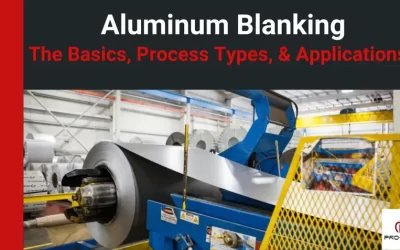
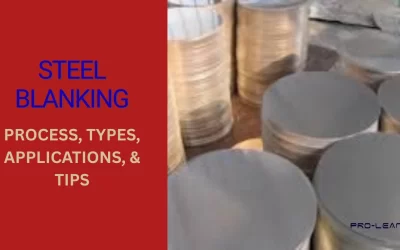
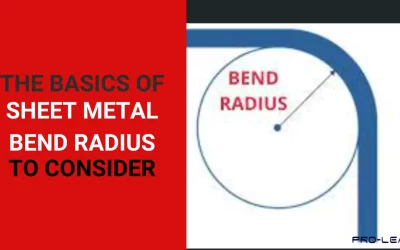
0 Comments